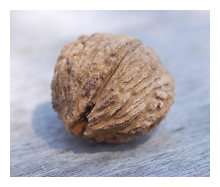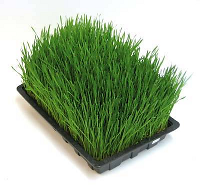FDA Adds New Warning Labels to Statin Drugs
Statin Drugs are dangerous… and now there is a NEW warning to consider!
FDA Demands New Warning Label on Statins
“One in four Americans aged 45 and older take statin drugs to lower cholesterol and supposedly “prevent heart disease.”
That amounts to 32 million Americans or, as Peter Wehrwein pointed out in the Harvard Health Letter, the equivalent of the entire populations of Florida and Illinois combined.i
If you’re one of these millions, or if you’re considering starting a statin prescription anytime soon, you should know that there are serious risks involved with taking these drugs, a fact that even the U.S. Food and Drug Administration (FDA) is now acknowledging.
Evidence includes diaries, court records, medical books and literature, in which these two sleep cycles are referred to in such a way as to make it clear that it was common knowledge at the time.
Following an internal meeting between the FDA’s Office of Surveillance and Epidemiology and Office of New Drugs, the Agency announced it would be requiring additional warning labels for statin drugs.
Among them are warnings that statins may increase the risk of:
- Liver damage
- Memory loss and confusion
- Type 2 diabetes
- Muscle weakness (for certain statins)
According to Dr. Amy Egan, the FDA’s deputy director of safety in the division of metabolism drug products, the new warnings, particularly the one for memory loss, came as the result of anecdotal reports compiled over the past year. In short, with well over 30 million Americans now taking statin drugs, we’re witnessing a massive ongoing ‘live’ experiment, and many are putting their health on the line for drugs that offer little in the way of heart protection. In fact, they may actually make your heart health worse.
The U.S. Food and Drug Administration (FDA) is requiring additional warning labels for the cholesterol-lowering drug class known as statins, warning that the drugs may increase your risk of liver damage, memory loss and confusion, type 2 diabetes and muscle weakness.
The FDA has removed a long-standing warning advising routine monitoring of liver enzymes in people taking statins, even though the drugs are linked to serious liver damage.
One in four Americans aged 45 and older take statin drugs to lower cholesterol, and many are unaware of the serious risks associated with the drugs.
The majority of people taking statin drugs do not need them, and in fact are risking their health unnecessarily by doing so.
Over 60,000 people EVERY year in the US will develop diabetes solely as a result of taking statin drugs.”

 Studies show that plain, old walnuts help prevent breast cancer and prostate cancer, but the FDA says that if it prevents disease it must be a drug. How crazy is that?!
Studies show that plain, old walnuts help prevent breast cancer and prostate cancer, but the FDA says that if it prevents disease it must be a drug. How crazy is that?! A simple supplement can improve the health of Syndrome-X and diabetic individuals. The study discussed in this article demonstrates the efficiacy of supplementation of this nutrient!
A simple supplement can improve the health of Syndrome-X and diabetic individuals. The study discussed in this article demonstrates the efficiacy of supplementation of this nutrient!